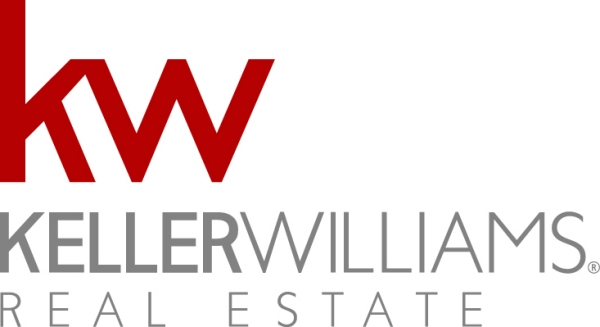


2

 Hi, Allie Alligator here. I live in the Everglades in Florida. I’m just resting on the riverbank. You’ll see me do this a lot. Every day the sun shines, I’m here basking and enjoying its warmth.
Hi, Allie Alligator here. I live in the Everglades in Florida. I’m just resting on the riverbank. You’ll see me do this a lot. Every day the sun shines, I’m here basking and enjoying its warmth. 3

3
3
 I like people who want to know more about alligators. I can talk about us for hours. We are fascinating, if I say so myself!
I like people who want to know more about alligators. I can talk about us for hours. We are fascinating, if I say so myself! 4

4
4
 Alligators are cousins to dinosaurs. We first appeared 250 million years ago. Our distant
relatives lived in swamps and rivers just like we do today. Alligators haven’t changed much in
all that time, but the world has changed a lot.
Alligators are cousins to dinosaurs. We first appeared 250 million years ago. Our distant
relatives lived in swamps and rivers just like we do today. Alligators haven’t changed much in
all that time, but the world has changed a lot. 

5
5
 How long have alligators been around:
How long have alligators been around:• 4 billion years ago, Earth was formed.
• 250 million years ago, alligators and dinosaurs first appeared.
• 200 million years ago, crocodiles first appeared.
• 140 million years ago, South America was still attached to Africa.
• 125 million years ago, flowers first appeared.
• 120 million years ago, snakes first appeared.
• 66 million years ago, dinosaurs went extinct, alligators survived, and grass appeared.
• 65 million years ago, mammals first appeared.
• 7 million years ago, our oldest human ancestors first appeared
• 2 million years ago, humans first appeared.
• 200,000 years ago, modern humans first appeared.
• 12,000 years ago, human civilizations began.
• Today, you are reading this alligator book.



6
 Look closely at my head. See my scaly skin? See my dark reptilian eye? Yes, I am a reptile, but I think I look a lot like my distant dinosaur cousins.
Look closely at my head. See my scaly skin? See my dark reptilian eye? Yes, I am a reptile, but I think I look a lot like my distant dinosaur cousins. 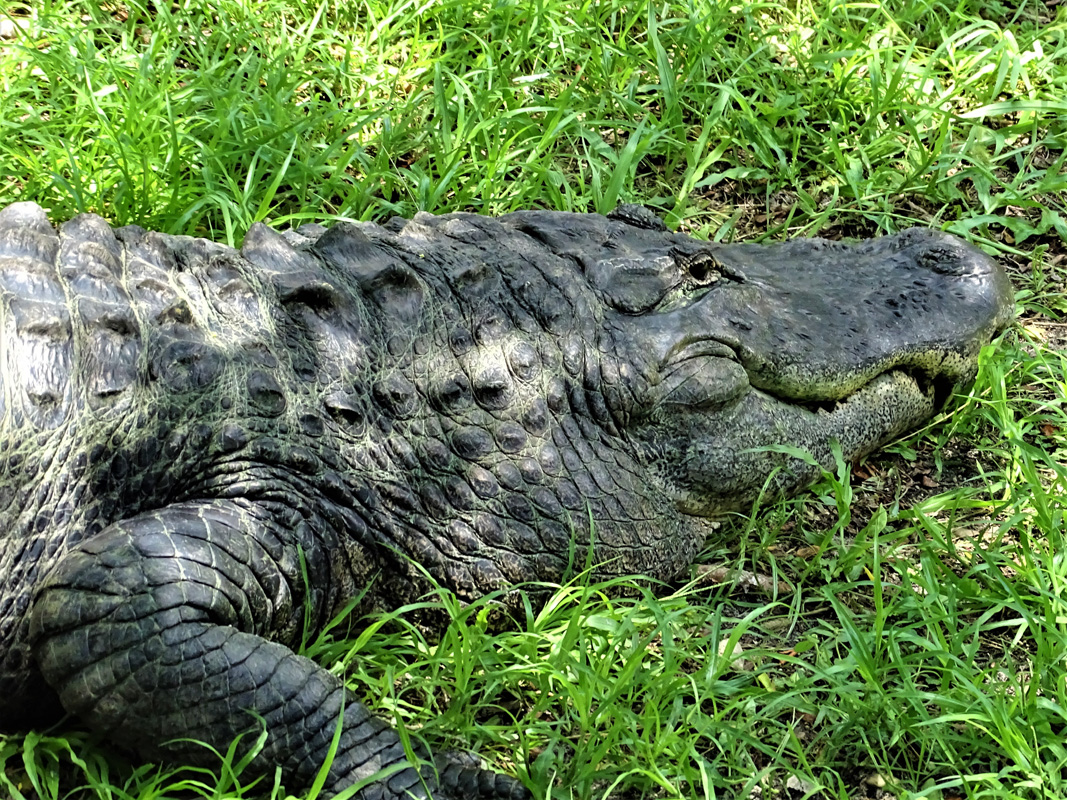


7
 Funny thing about alligators is we don’t have table manners. We have a big mouth, a strong bite, but we do not chew our food. We swallow it whole.
Funny thing about alligators is we don’t have table manners. We have a big mouth, a strong bite, but we do not chew our food. We swallow it whole. 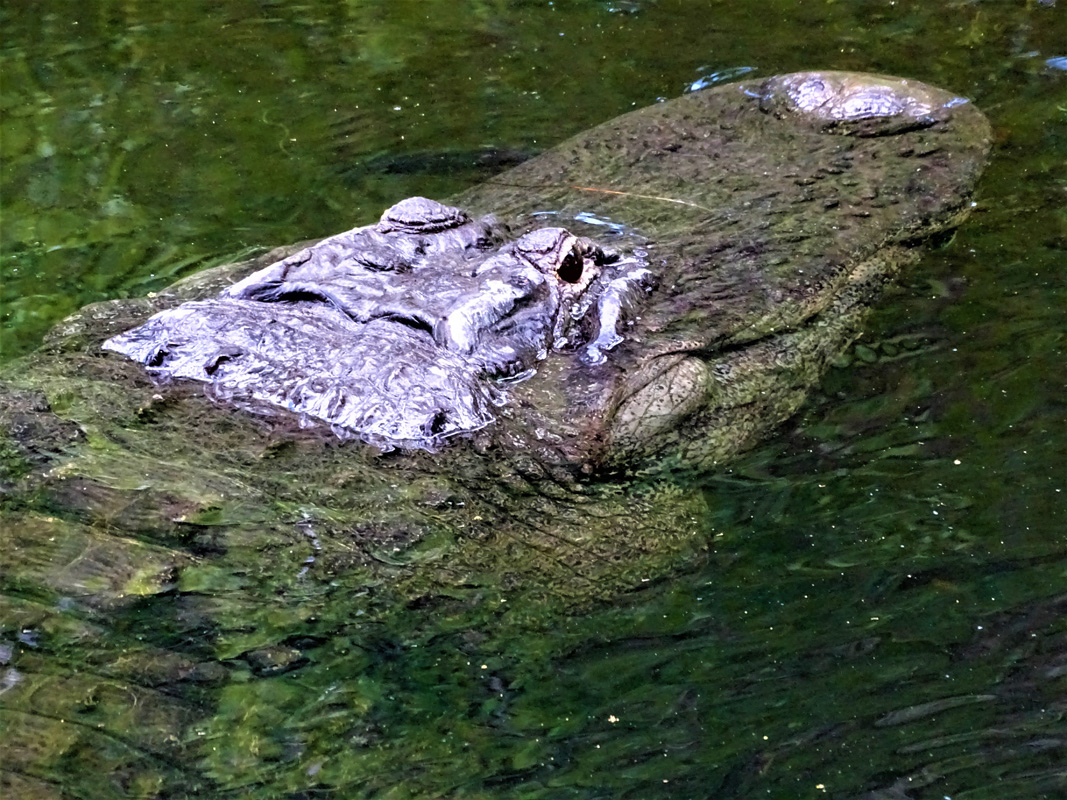


8
 Most of the time, I’ll catch a fish or a turtle. I also like small mammals, as well as birds, and other reptiles. I’m such a powerful hunter I can even catch and eat bears and panthers.
Most of the time, I’ll catch a fish or a turtle. I also like small mammals, as well as birds, and other reptiles. I’m such a powerful hunter I can even catch and eat bears and panthers. 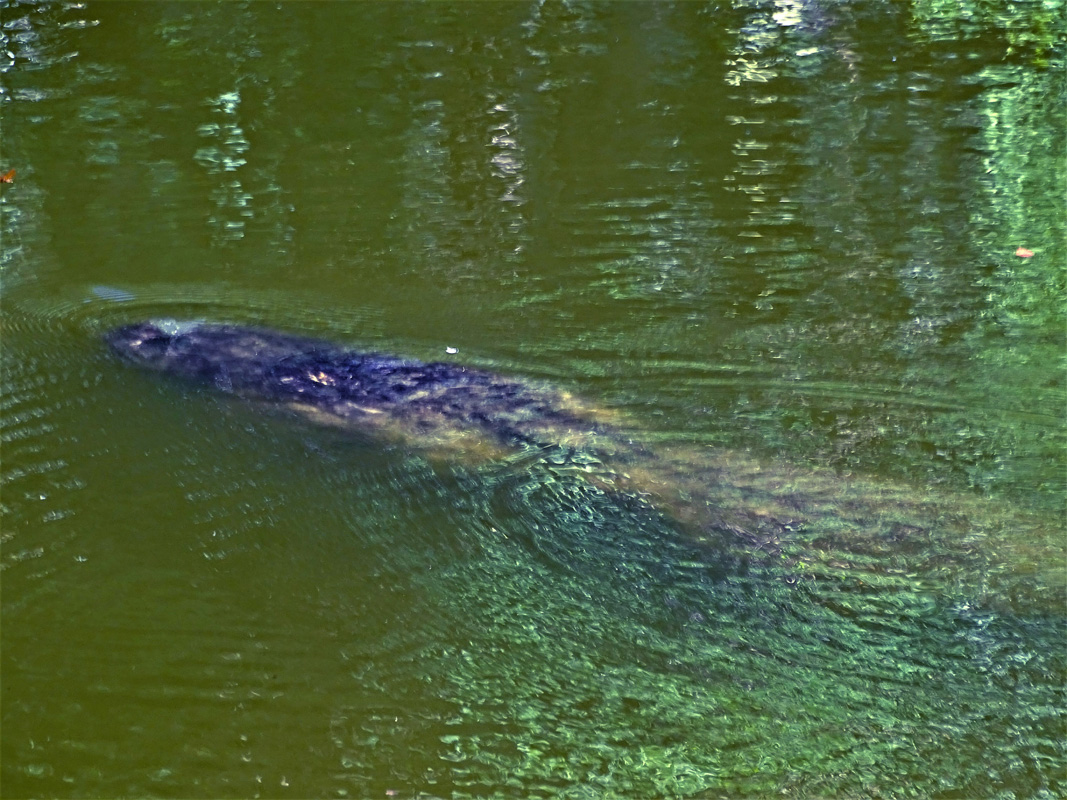


9
 I’m always watching for animals who visit my watery home to drink or swim. When I see one, I’ll slip underwater and swim within inches of them.
I’m always watching for animals who visit my watery home to drink or swim. When I see one, I’ll slip underwater and swim within inches of them. 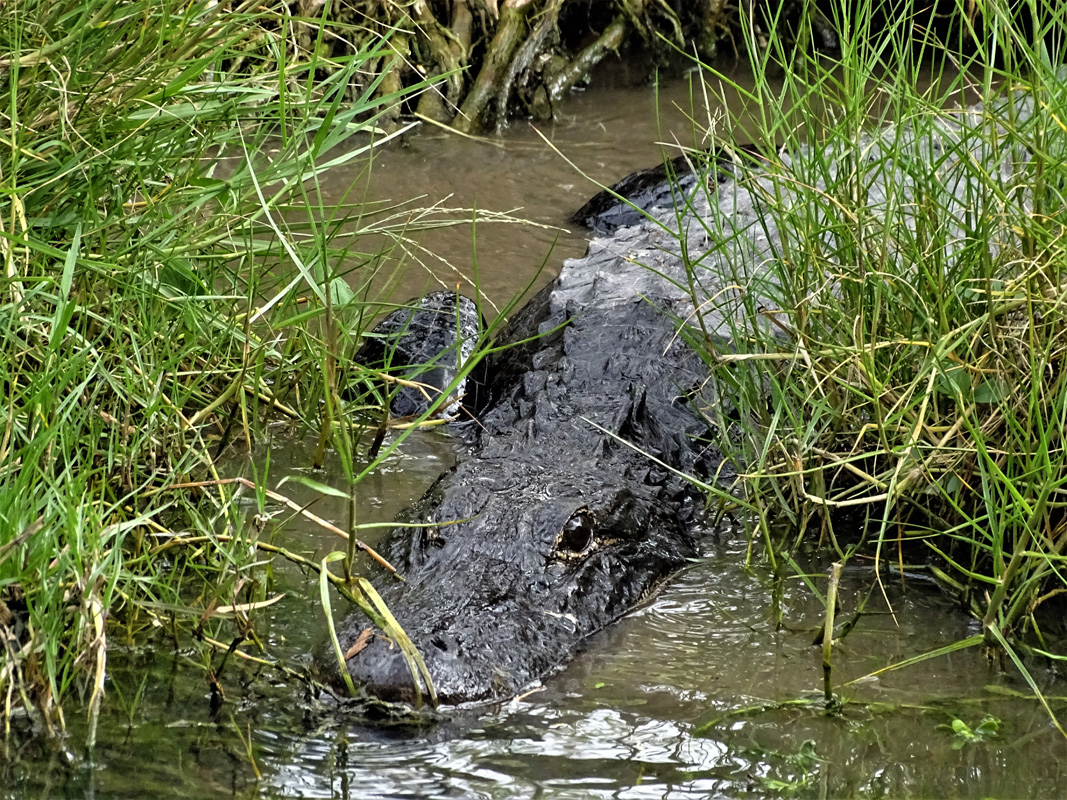

10
10
 I’ll get so very close and they won’t see me. That is how well I stay hidden. Then before they know what is happening, I’ll spring from the water and snap.
I’ll get so very close and they won’t see me. That is how well I stay hidden. Then before they know what is happening, I’ll spring from the water and snap. 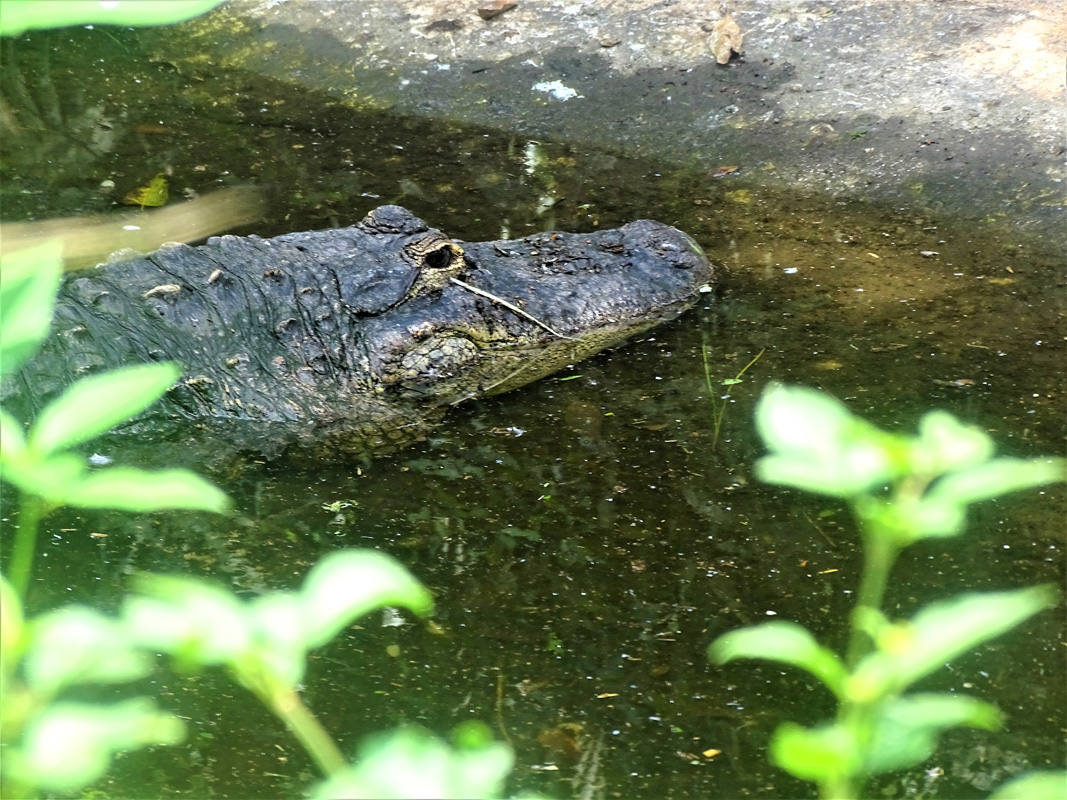


11
 I snap my jaws lightning fast. Once captured, I’ll resurface, open my big mouth, and swallow them in one gulp.
I snap my jaws lightning fast. Once captured, I’ll resurface, open my big mouth, and swallow them in one gulp. 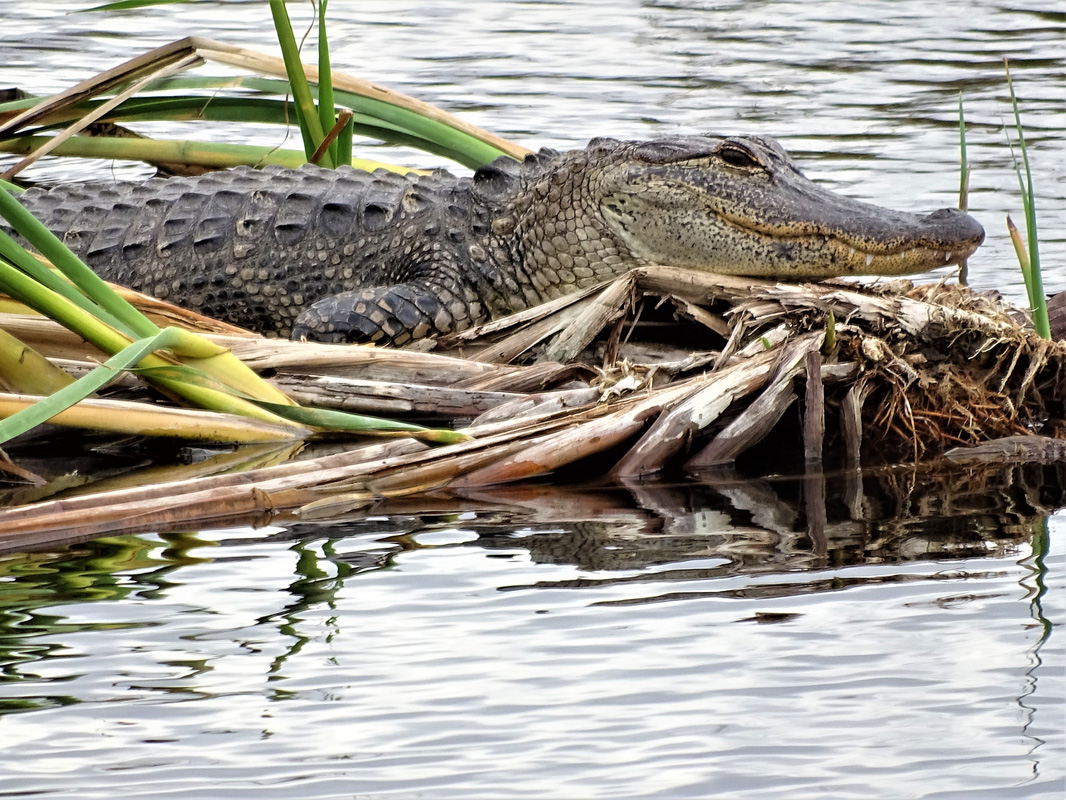


12
 After eating, I love to rest in the sun. The warmth of the sun helps my cold-blooded body digest my meal.
After eating, I love to rest in the sun. The warmth of the sun helps my cold-blooded body digest my meal. 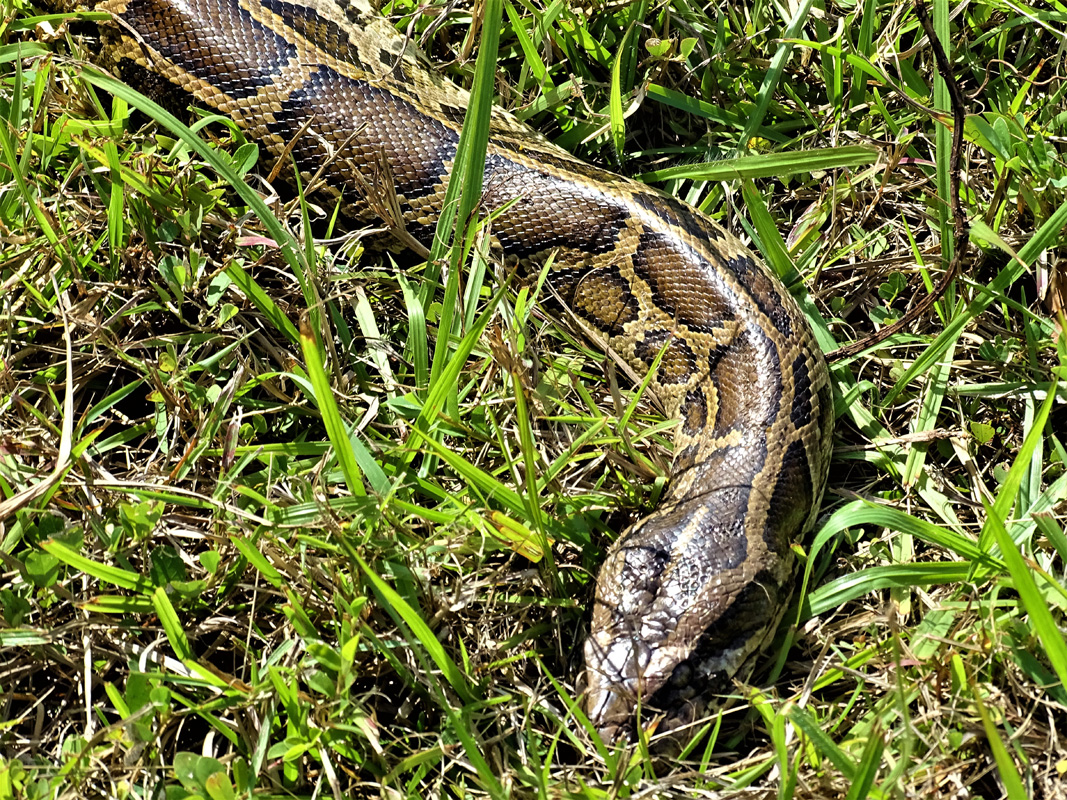

13
 The Everglades have changed a lot since 1992. That’s when Burmese python populations began growing in the Everglades. These pythons are eating all the Everglades animals. Now, I can go days without seeing any raccoons, opossums, deer, mice, or even squirrels.
The Everglades have changed a lot since 1992. That’s when Burmese python populations began growing in the Everglades. These pythons are eating all the Everglades animals. Now, I can go days without seeing any raccoons, opossums, deer, mice, or even squirrels. 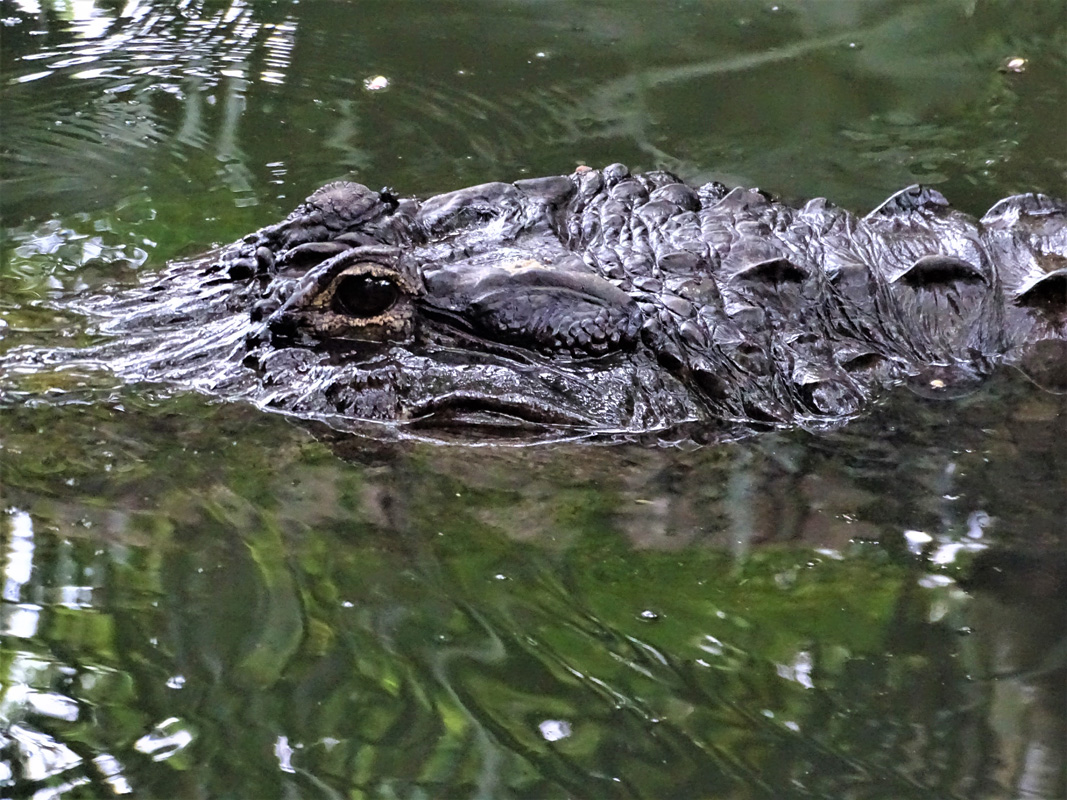


14
 After basking in the sun, I’ll go back into the water and search for more tasty snacks. If I’m lucky, I’ll catch a Burmese python. I don’t like these invasive reptiles very much.
After basking in the sun, I’ll go back into the water and search for more tasty snacks. If I’m lucky, I’ll catch a Burmese python. I don’t like these invasive reptiles very much. 

15
 I only have to eat a few times a year to survive. There are still lots of fish and turtles to eat. But for other predators in the Everglades like panther, bear, bobcat, lynx, and some birds of prey, it is more difficult to find a good meal since Burmese pythons moved in.
I only have to eat a few times a year to survive. There are still lots of fish and turtles to eat. But for other predators in the Everglades like panther, bear, bobcat, lynx, and some birds of prey, it is more difficult to find a good meal since Burmese pythons moved in. 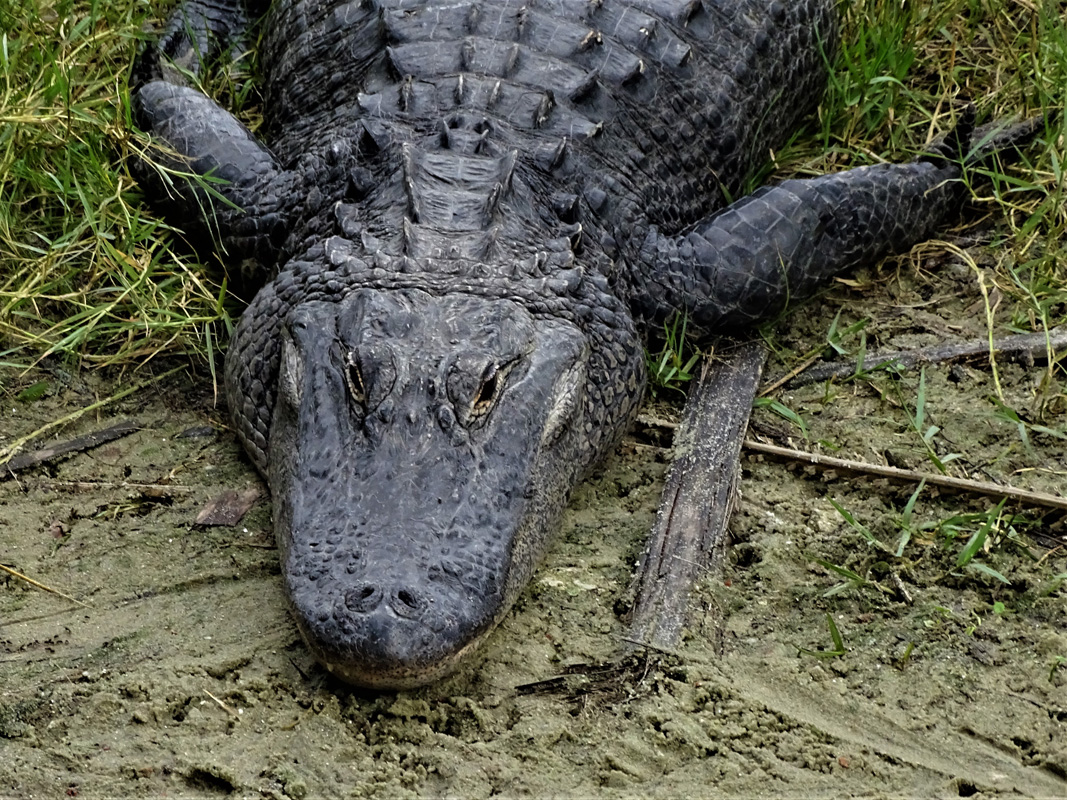

16
 I can survive up to three years without eating. I definitely don’t want to, but I can if I have to.
I can survive up to three years without eating. I definitely don’t want to, but I can if I have to. 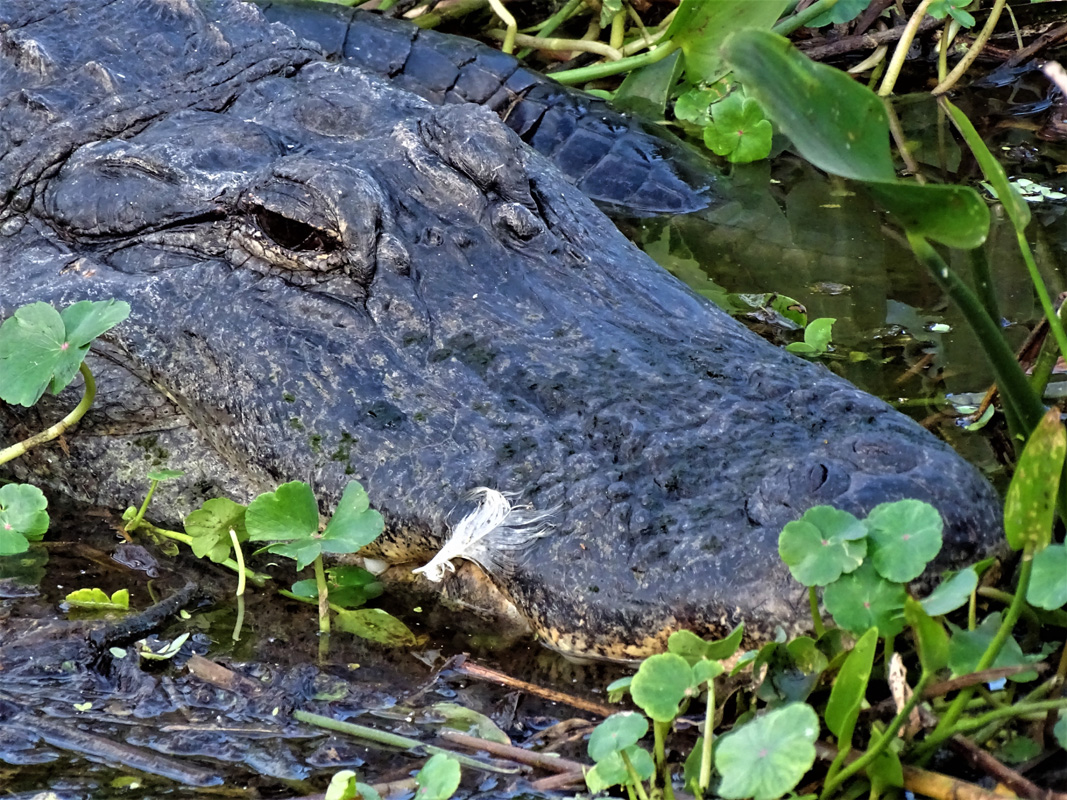

17
 You may think alligators don’t like to play, but we do. My favorite game is hide-and-seek. I think my version of hide-and-seek is a little different than the version you play. In my version, I hide and seek something to eat.
You may think alligators don’t like to play, but we do. My favorite game is hide-and-seek. I think my version of hide-and-seek is a little different than the version you play. In my version, I hide and seek something to eat. 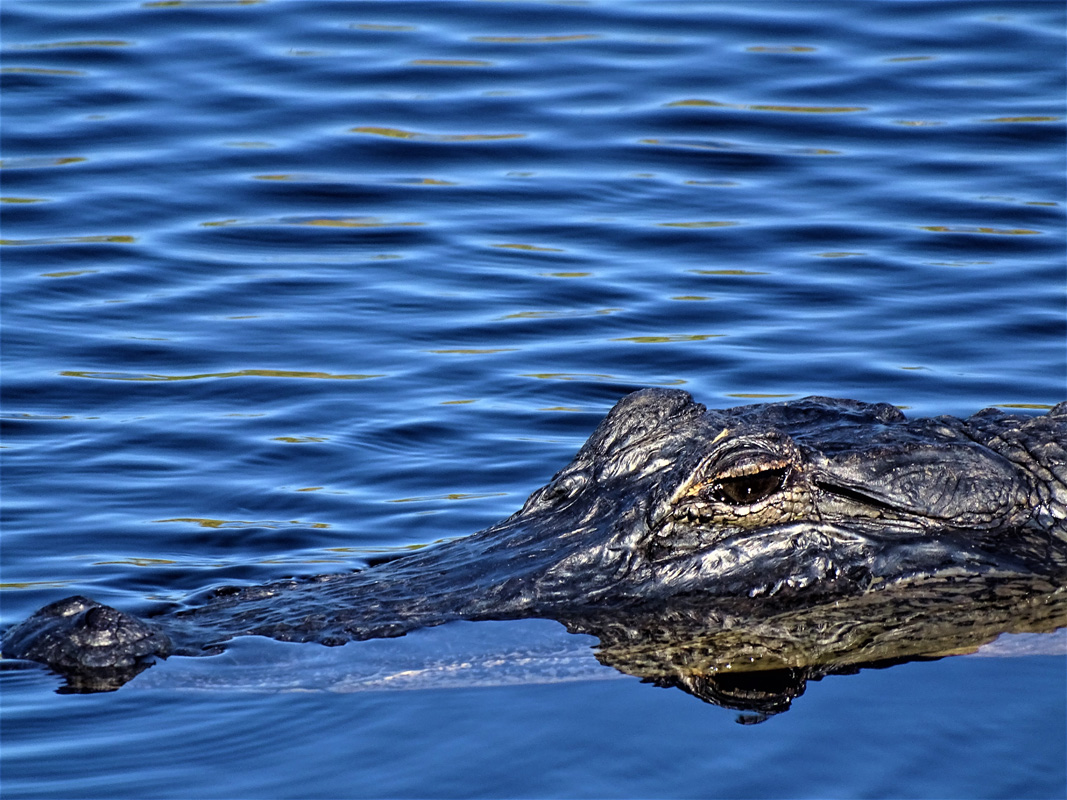


18
 When I see what I want, I’ll hide, stalk it, snatch it, and eat it.
When I see what I want, I’ll hide, stalk it, snatch it, and eat it. 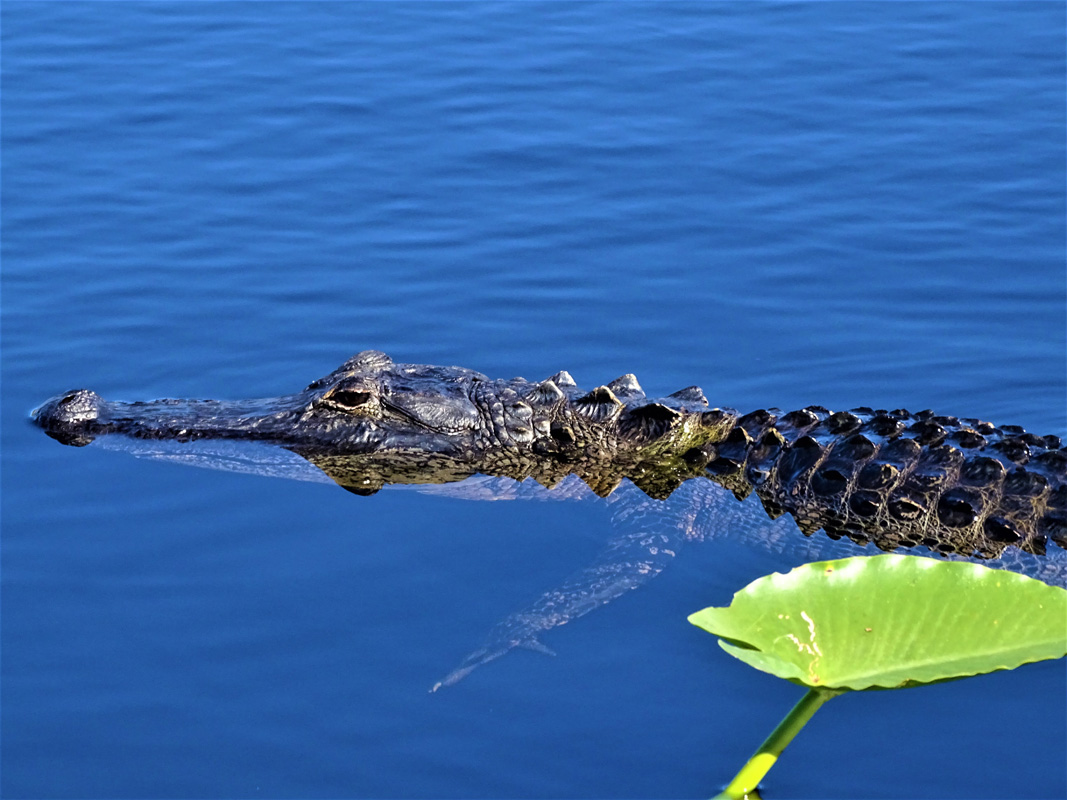

19
 I’m telling you, when I really want to hide, I’m pretty hard to find. Check out the pictures on the following pages. See if you can find me. The first few are easy, but it gets more difficult.
I’m telling you, when I really want to hide, I’m pretty hard to find. Check out the pictures on the following pages. See if you can find me. The first few are easy, but it gets more difficult. 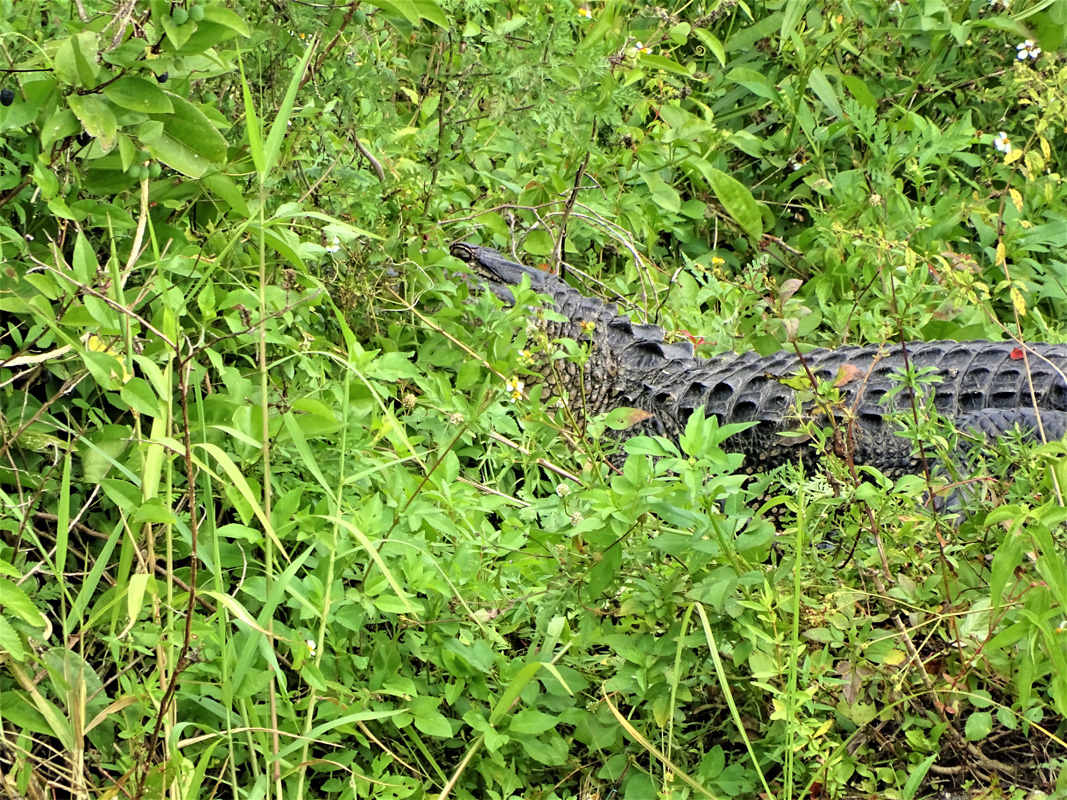


20
 You probably see me in this photo. I’m not trying too hard to hide. If you were further away, I’d look more like a log. Most animals would walk right up to me before they see I’m a gator.
You probably see me in this photo. I’m not trying too hard to hide. If you were further away, I’d look more like a log. Most animals would walk right up to me before they see I’m a gator. 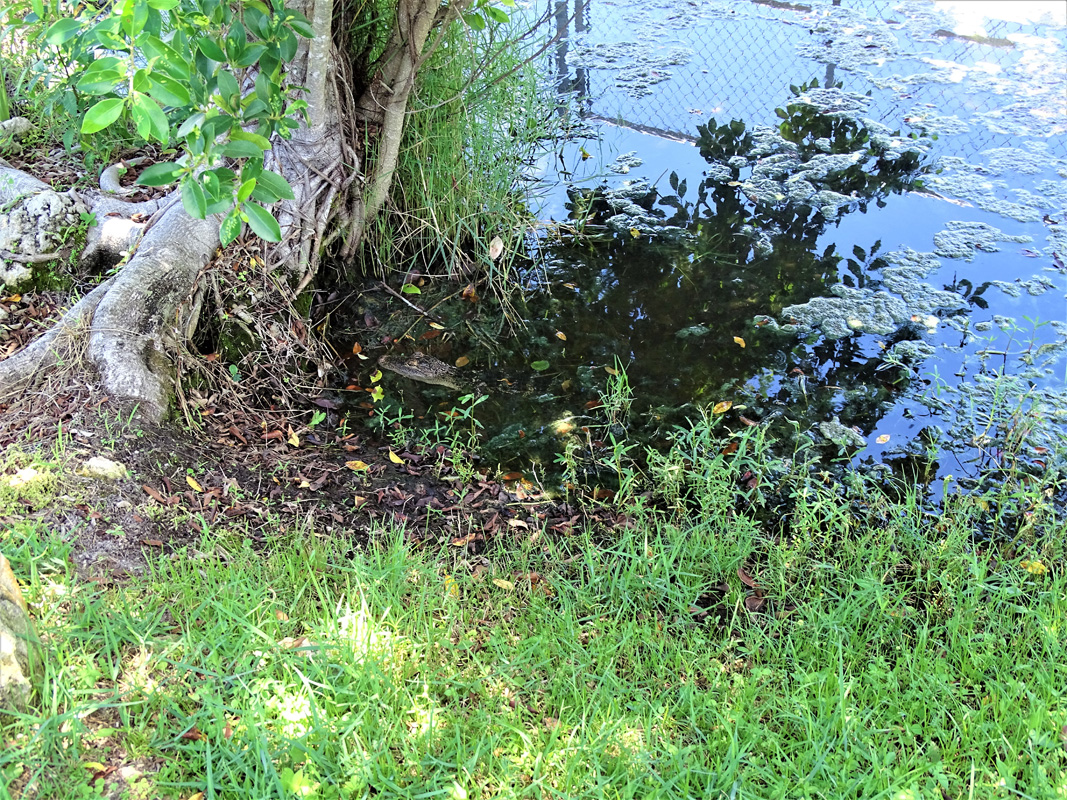


21
 How about now? How good are your eyes? You probably see me pretty quickly. Chances are, if an animal doesn’t see me right away, they’ll be inside my belly. Mmmm, it warms my cold-blooded heart just thinking about it.
How about now? How good are your eyes? You probably see me pretty quickly. Chances are, if an animal doesn’t see me right away, they’ll be inside my belly. Mmmm, it warms my cold-blooded heart just thinking about it. 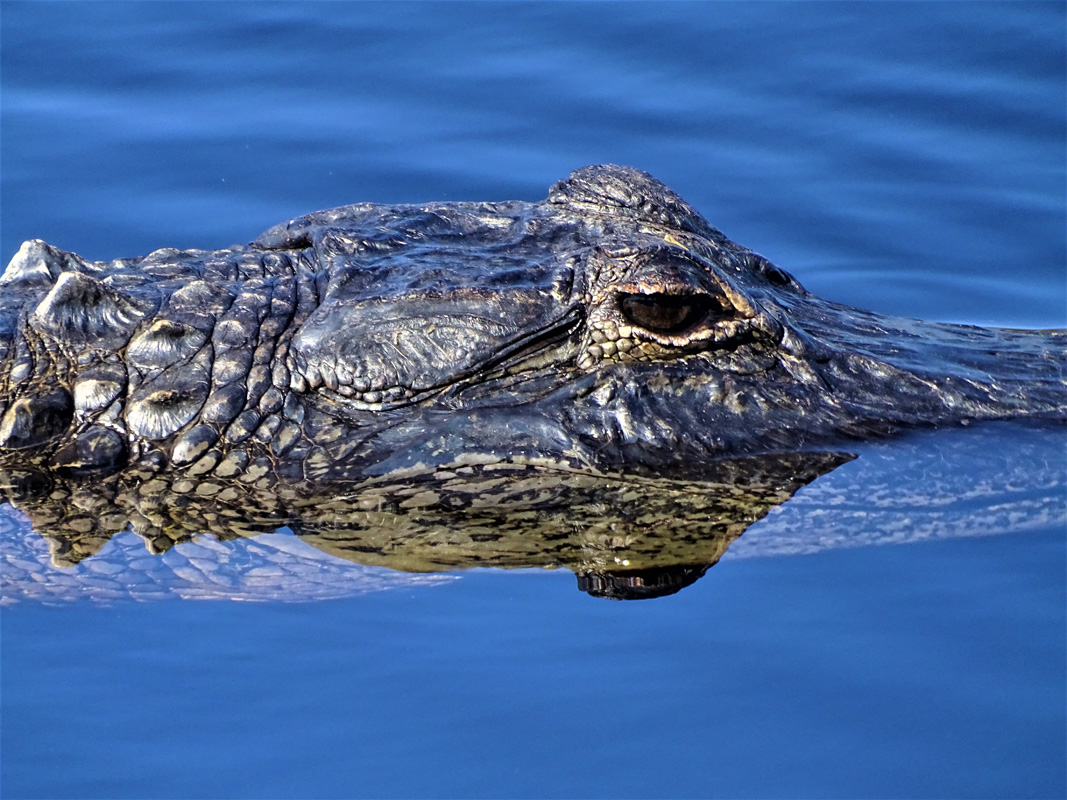


22
 So far you’ve been a good gator finder. Now I’m going to try harder to hide even better. On the next page, I’ll hide in one of my best hunting spots. You ready?
So far you’ve been a good gator finder. Now I’m going to try harder to hide even better. On the next page, I’ll hide in one of my best hunting spots. You ready? 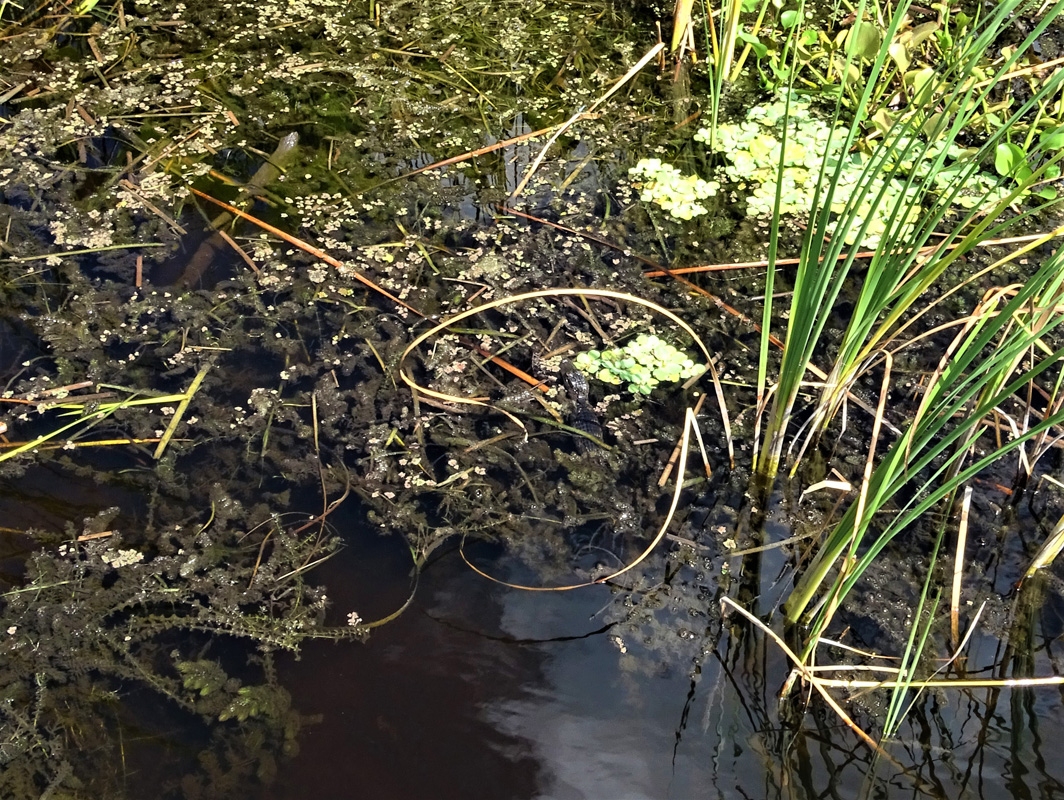


23
 See me now? Now we’re talking stealth mode. This is where I become hard to find. Where’s Allie, you ask…an animal probably won’t see me until I lunge and grab it. The next page has a zoom of this photo making it easier to see me.
See me now? Now we’re talking stealth mode. This is where I become hard to find. Where’s Allie, you ask…an animal probably won’t see me until I lunge and grab it. The next page has a zoom of this photo making it easier to see me. 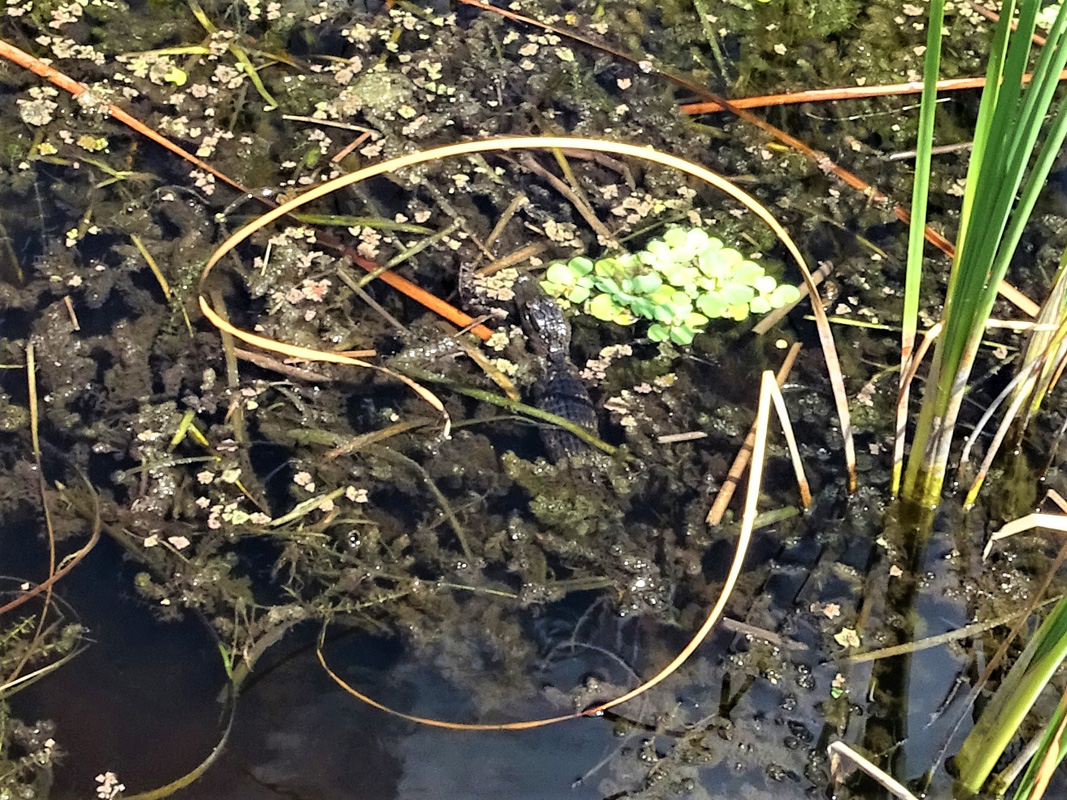


24
 See me now? I’m in the center of the photo. When you come to the Everglades, keep your eyes open. I don’t hunt people, but I am a hungry hunter always looking for my next meal.
See me now? I’m in the center of the photo. When you come to the Everglades, keep your eyes open. I don’t hunt people, but I am a hungry hunter always looking for my next meal. 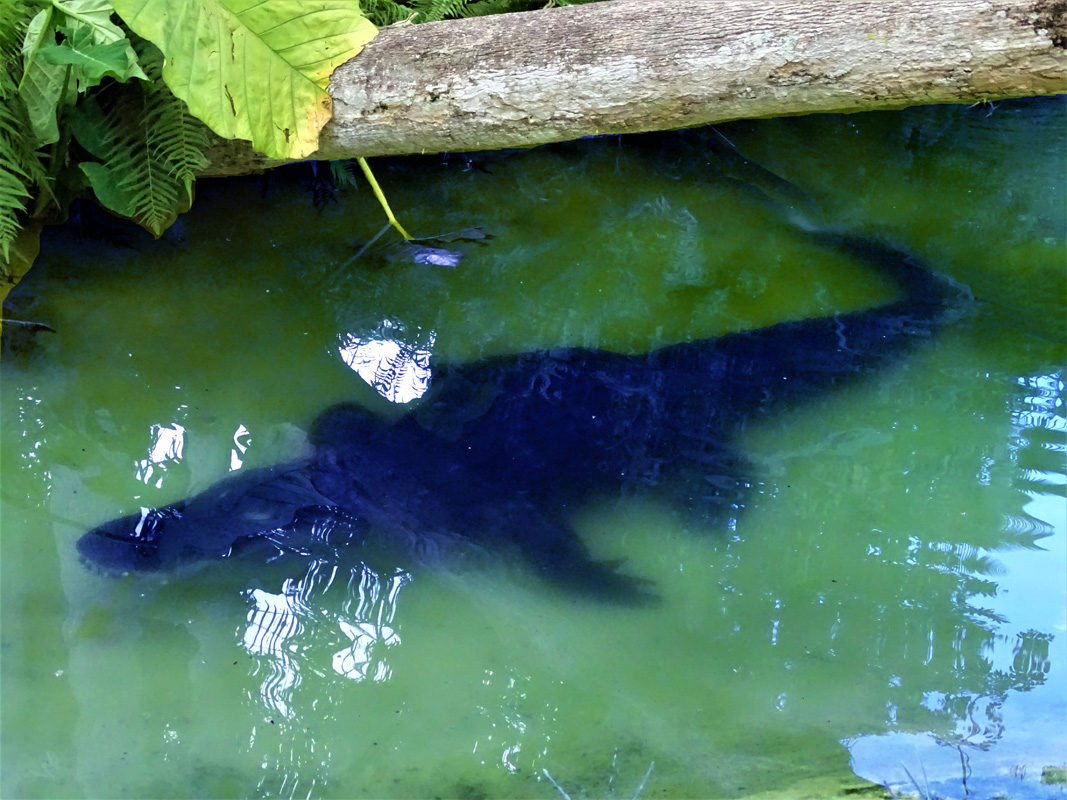

25
 Even if I’m not hungry, I’ll still catch an animal that comes to drink or swim. Now see if you can find me on the next page.
Even if I’m not hungry, I’ll still catch an animal that comes to drink or swim. Now see if you can find me on the next page. 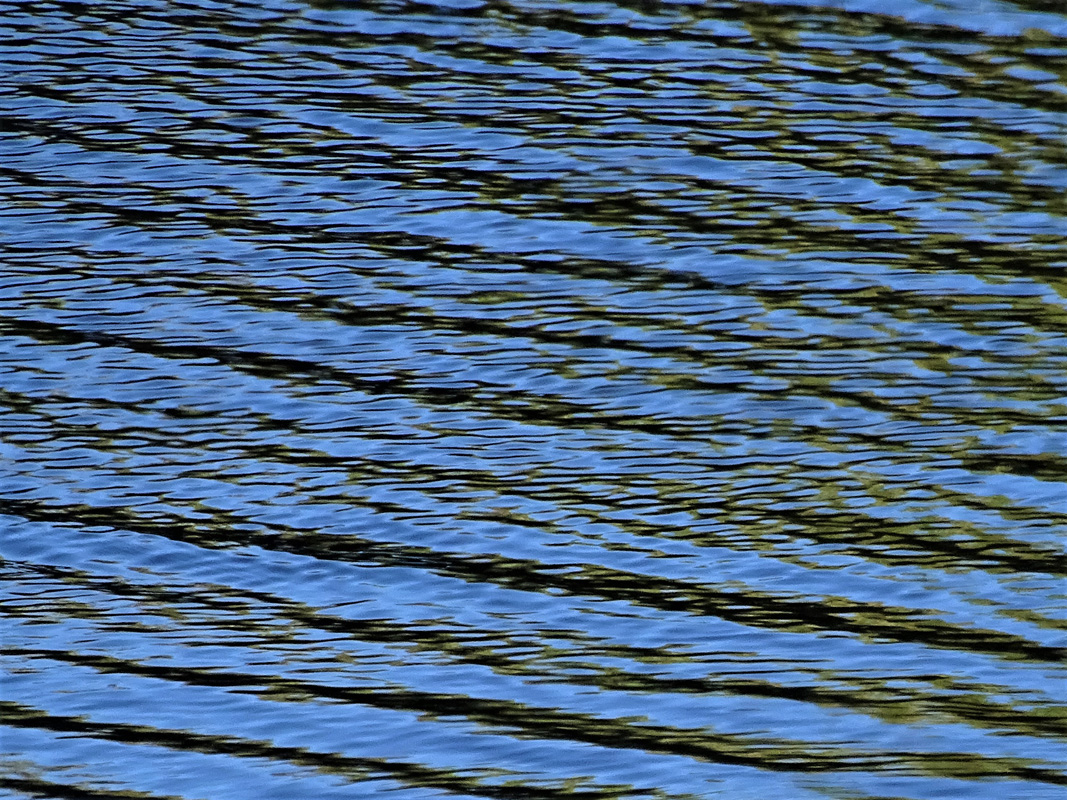


26
 Ha! You can’t see me! I’m resting on the bottom of the water waiting for fish or animal to come closer. This is how alligators hide best. I can stay underwater for over two hours as I wait for just the right time to strike.
Ha! You can’t see me! I’m resting on the bottom of the water waiting for fish or animal to come closer. This is how alligators hide best. I can stay underwater for over two hours as I wait for just the right time to strike. 


27
 That was fun. Thanks for playing with me. I look forward to seeing you when you visit the Everglades. It’s a beautiful place filled with natural wonders. You will love it!
That was fun. Thanks for playing with me. I look forward to seeing you when you visit the Everglades. It’s a beautiful place filled with natural wonders. You will love it!  Facts
Facts28
28

• Name: American Alligator
• Scientific Name: Alligator mississippiensis
• Species: Crocodylia (same as crocodiles)
• Range: Southeastern United States (North Carolina to Texas)
• Habitat: Rivers, lakes, ponds, swamps
• Lifestyle: Social
• Lifespan: 50 years
• Diet Type: Carnivore (meat eater)
• Food: Eat pretty much anything they can catch
• Food (adult): Fish, turtles, mammals, birds, and other reptiles
• Food (young): Fish, frogs, insects, snails, crustaceans, and worms
• Length: 14 feet (as long as a car)
• Weight: 1,000 pounds
• Top Speed: 35 miles per hour (mph)
• Swim Speed: 20 miles per hour (mph)
• Communication: Bellow, hiss, head slap, and babies have a high-pitch peep
• Origin: 250 million years
• Population: 5 million (1.2 million in Florida)
• Population Trend: Increasing
• Group Name: Congregation
• Conservation Status: Least concern
28
 Facts
Facts
• Name: American Alligator
• Scientific Name: Alligator mississippiensis
• Species: Crocodylia (same as crocodiles)
• Range: Southeastern United States (North Carolina to Texas)
• Habitat: Rivers, lakes, ponds, swamps
• Lifestyle: Social
• Lifespan: 50 years
• Diet Type: Carnivore (meat eater)
• Food: Eat pretty much anything they can catch
• Food (adult): Fish, turtles, mammals, birds, and other reptiles
• Food (young): Fish, frogs, insects, snails, crustaceans, and worms
• Length: 14 feet (as long as a car)
• Weight: 1,000 pounds
• Top Speed: 35 miles per hour (mph)
• Swim Speed: 20 miles per hour (mph)
• Communication: Bellow, hiss, head slap, and babies have a high-pitch peep
• Origin: 250 million years
• Population: 5 million (1.2 million in Florida)
• Population Trend: Increasing
• Group Name: Congregation
• Conservation Status: Least concern
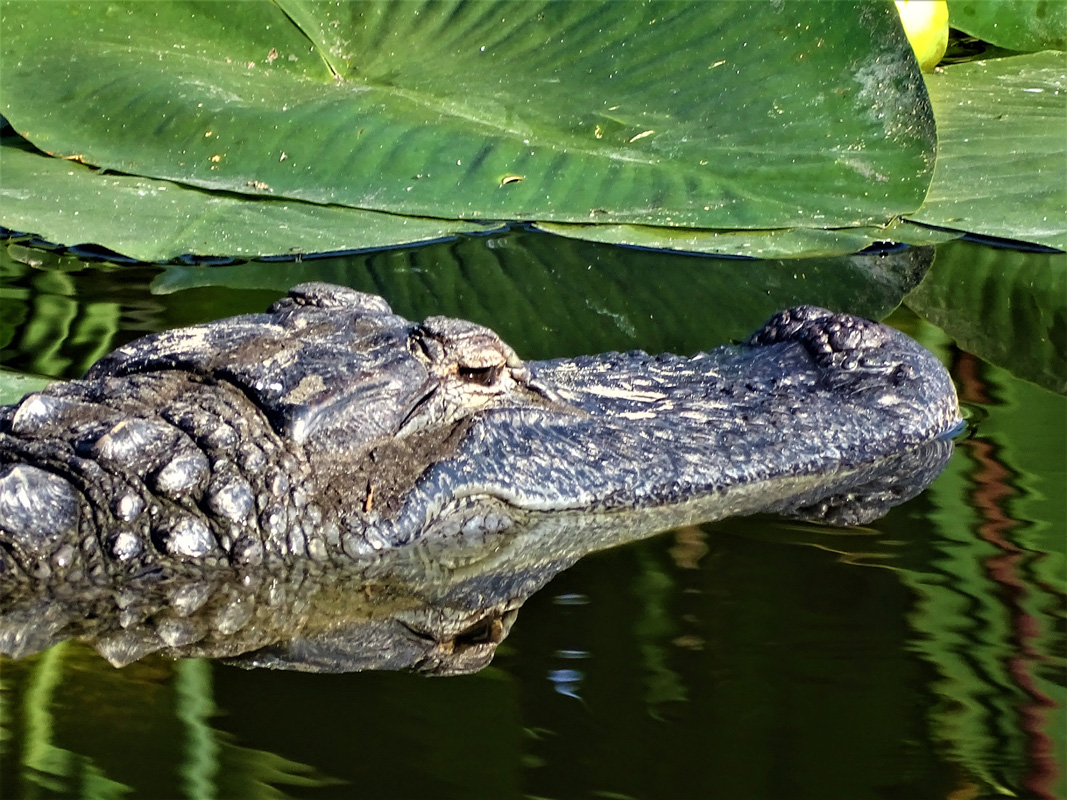

29
 Conservation works! In 1967 alligators were threatened with extinction. But because of people, like you, voicing their concerns, the alligator was put on the endangered species list and received protection. Our population has grown ever since.
Conservation works! In 1967 alligators were threatened with extinction. But because of people, like you, voicing their concerns, the alligator was put on the endangered species list and received protection. Our population has grown ever since.
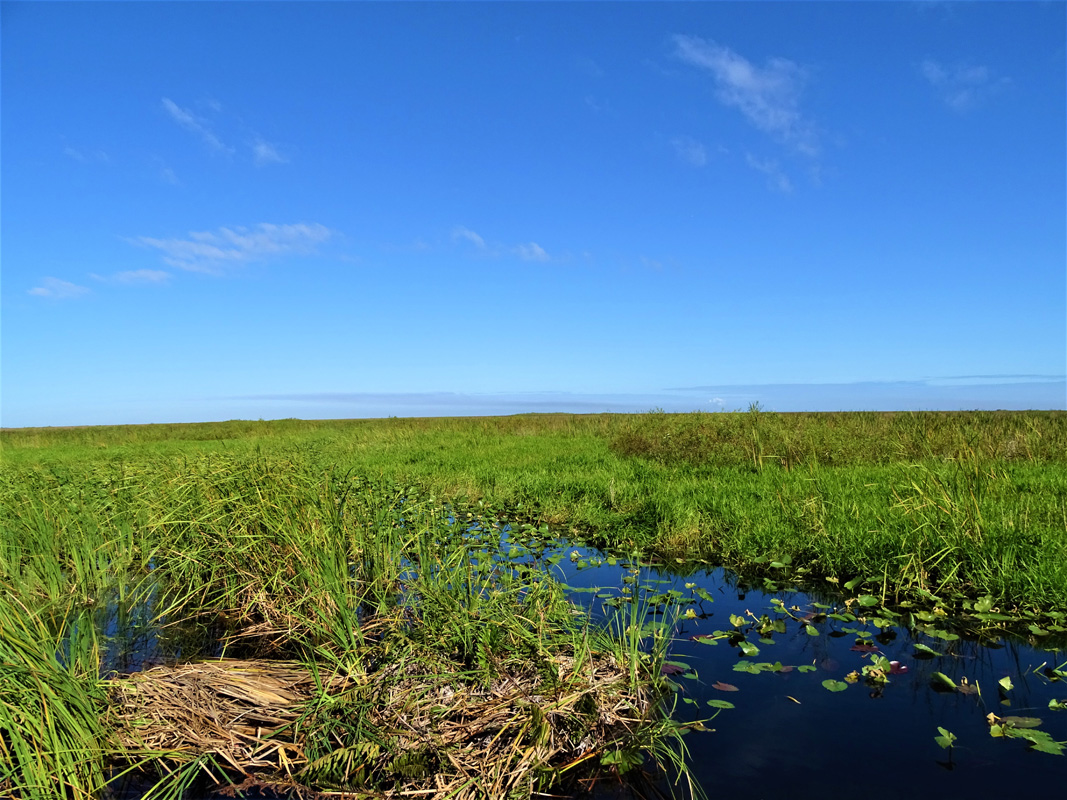


30
 There is still much we can do to protect the Everglades and its wildlife. The water flowing south from Lake Okeechobee creates the Everglades and its river of grass. This water currently contains contaminants which create toxic algae blooms. Speak up, your voice matters!
There is still much we can do to protect the Everglades and its wildlife. The water flowing south from Lake Okeechobee creates the Everglades and its river of grass. This water currently contains contaminants which create toxic algae blooms. Speak up, your voice matters! 31
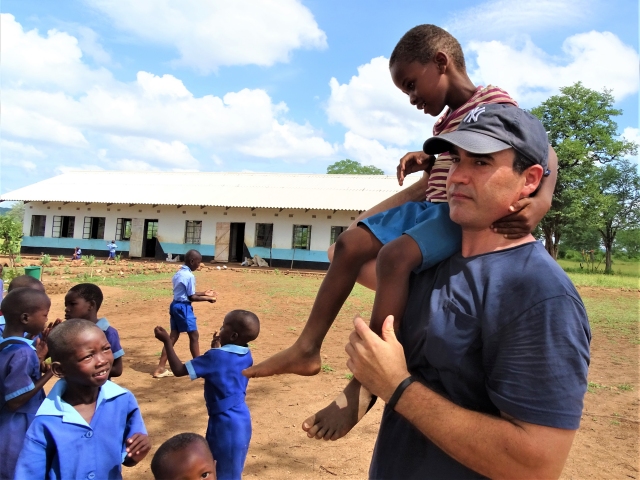
Author, Photographer, Educator, Conservationist
Howie Minsky


Contact: Howie Minsky
Phone: +1-727-276-0400
Email: Support@ConserveOurWild.com
Website: https://www.ConserveOurWild.com
Shop: https://www.ConserveOurWild.com/shop
Phone: +1-727-276-0400
Email: Support@ConserveOurWild.com
Website: https://www.ConserveOurWild.com
Shop: https://www.ConserveOurWild.com/shop
 Conserve Our Wild is an environmentally friendly organization dedicated to protecting wildlife.
Conserve Our Wild is an environmentally friendly organization dedicated to protecting wildlife.  Vision: Inspire wildlife conservation.
Vision: Inspire wildlife conservation. Mission: Stimulate minds into action with wildlife books, videos, and conservation activities.
Tools: Storybooks, emergent readers, activity books, teacher guides, lesson plans and more...
Instructions:
- Click arrows to turn 
 book's pages, return
book's pages, return  to home page, or return to the book's TOC
to home page, or return to the book's TOC  (where applicable).
(where applicable).
- Click individual words (and keep clicking them) for help learning to  them.
them.
- Click speaker buttons  (where applicable) to hear words or passages read.
(where applicable) to hear words or passages read.
- Click "Listen and X-Ray Read"  (where applicable) to see learning cues while hearing passages read.
(where applicable) to see learning cues while hearing passages read.
Optional: Click Settings button to
change voice and reading speed.
























